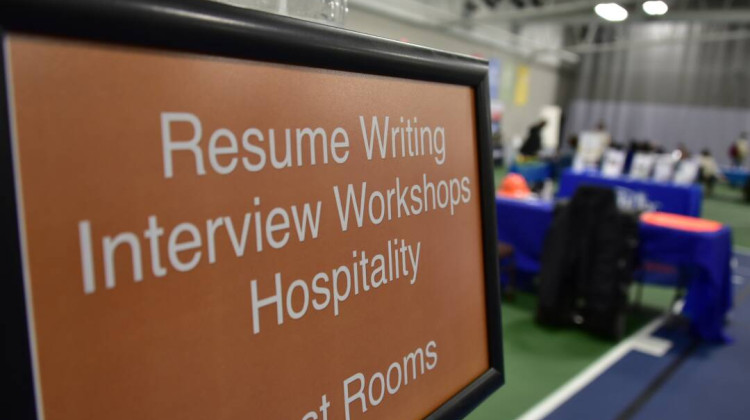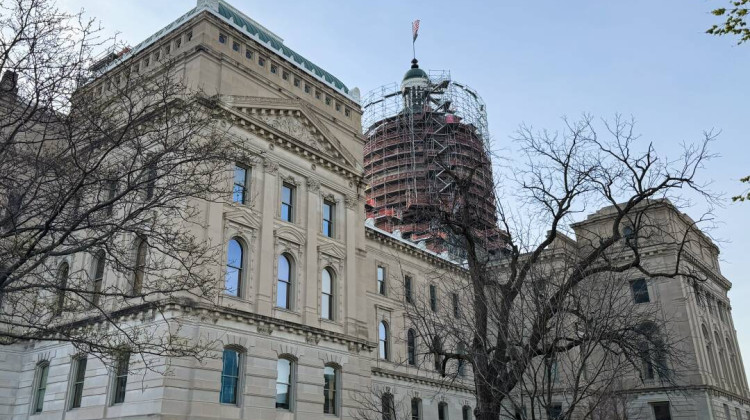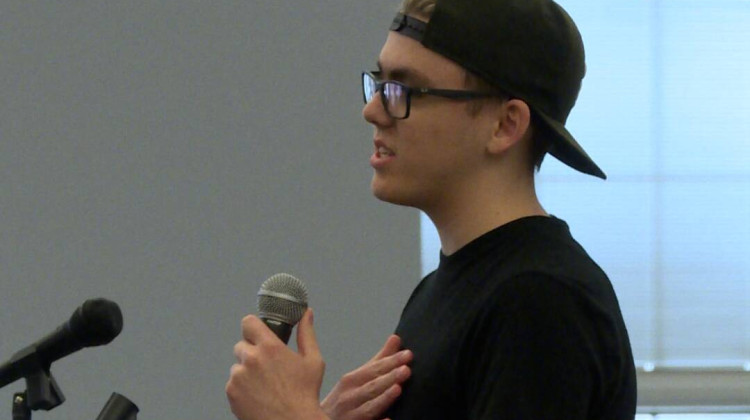
A model shows how underground pumped storage hydropower works using hills and valleys.
Courtesy of the U.S. Department of EnergyListen to a radio version of this story
A state Senate bill, SB 147, would add a type of energy storage to the state’s list of clean energy resources — such as wind and solar. Underground pumped storage hydropower generates energy by passing water through a turbine as it moves from a higher reservoir to a lower one.
This technology can store power from wind, solar, or even coal. It’s been around for decades and accounts for most utility-scale energy storage in the U.S. But it hasn’t been used much in Indiana.
Peter Schubert, with IUPUI’s Lugar Center for Renewable Energy, said that’s likely because much of the state is too flat to create the higher and lower water reservoirs.

But the caverns left by abandoned coal mines, gypsum mines and limestone quarries could open up a new opportunity for the technology in Indiana — and that could benefit communities losing coal mines too.
“It’s a valuable tool for bringing new jobs, economic development to coal communities and energy communities," said Kerwin Olson, executive director of the Citizens Action Coalition.
The bill’s author, Sen. Eric Koch (R-Bedford), said the bill would put this type of storage on the same level as wind, solar or any of the other technologies on the state's clean energy resource list.
“And that’s the first step of many to make sure Indiana is out front and ready should either federal dollars and/or private investment be ready to come here and implement this technology," he said.
The Indiana Energy Association and Conservatives for a Clean Energy Future also expressed support for the bill. It passed unanimously out of committee on Thursday.
Contact reporter Rebecca at rthiele@iu.edu or follow her on Twitter at @beckythiele.
Indiana Environmental reporting is supported by the Environmental Resilience Institute, an Indiana University Grand Challenge project developing Indiana-specific projections and informed responses to problems of environmental change.
9(MDAyMzk1MzA4MDE2MjY3OTY1MjM5ZDJjYQ000))
 DONATE
DONATE






 Support WFYI. We can't do it without you.
Support WFYI. We can't do it without you.